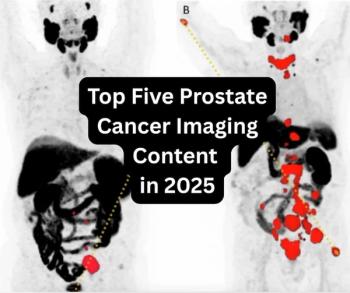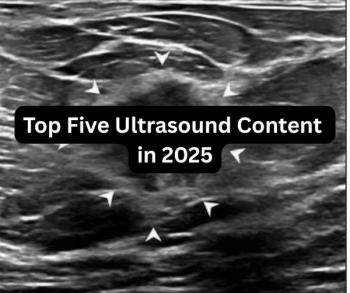
MSCT finds role in bone marrow lesion diagnosis
Whole-body, low-dose CT studies of bone marrow lesions performed on 16-slice scanners are more sensitive, faster, and cheaper than conventional CT or MR imaging, according to researchers at the University of Munich's Institute of Clinical Radiology.
Whole-body, low-dose CT studies of bone marrow lesions performed on 16-slice scanners are more sensitive, faster, and cheaper than conventional CT or MR imaging, according to researchers at the University of Munich's Institute of Clinical Radiology.
Dr. Sonja Buhmann and colleagues evaluated 40 patients with proven multiple myeloma, who were divided in two groups of 20 each. Both groups underwent whole-body scanning, the first group with effective doses of 100 mAs and the other at 50 mAs.
The researchers detected all the osteolytic lesions in both groups and are now moving toward a standard 50-mAs dose protocol, Buhmann reported in a scientific session at the RSNA meeting.
Imaging protocols included 16-row scanning with 3-mm axial and sagittal slice reconstruction and 1.5 collimation at 120 kVp. At a mean radiation dose of 10 mSv and 5 mSv, respectively, each group had similarly acceptable image quality scores.
Newsletter
Stay at the forefront of radiology with the Diagnostic Imaging newsletter, delivering the latest news, clinical insights, and imaging advancements for today’s radiologists.




























